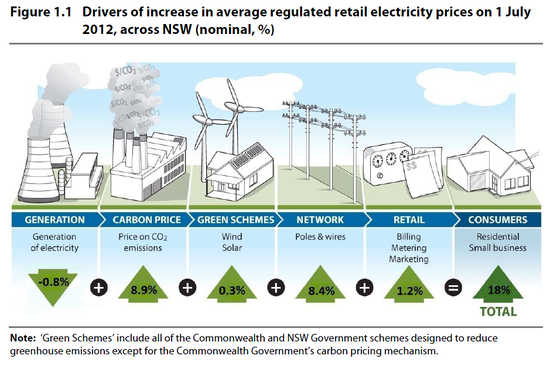The CCA's implicit social cost of carbon
 MCJ Posted on
MCJ Posted on  Tuesday, May 12, 2015 at 23:36
Tuesday, May 12, 2015 at 23:36 Australia’s Climate Change Authority (CCA), in its 2014 Targets and Progress Review, recommended that Australia pursue a minimum reduction in GHG emissions of 19% by 2020 (vs. 2000). In modelling that target, the CCA estimated that it would involve carbon prices of up to $30/tCO2-e in 2020, in real terms. (See p. 135)
The CCA used the damage costs of carbon (i.e. the social costs) in making its recommendations. While not explicitly stated, the CCA’s preparedness to recommend an abatement target that imposes costs of $30/tCO2-e in 2020, in real terms, implies the CCA regards the social costs of carbon as ≥$30/tCO2-e.


